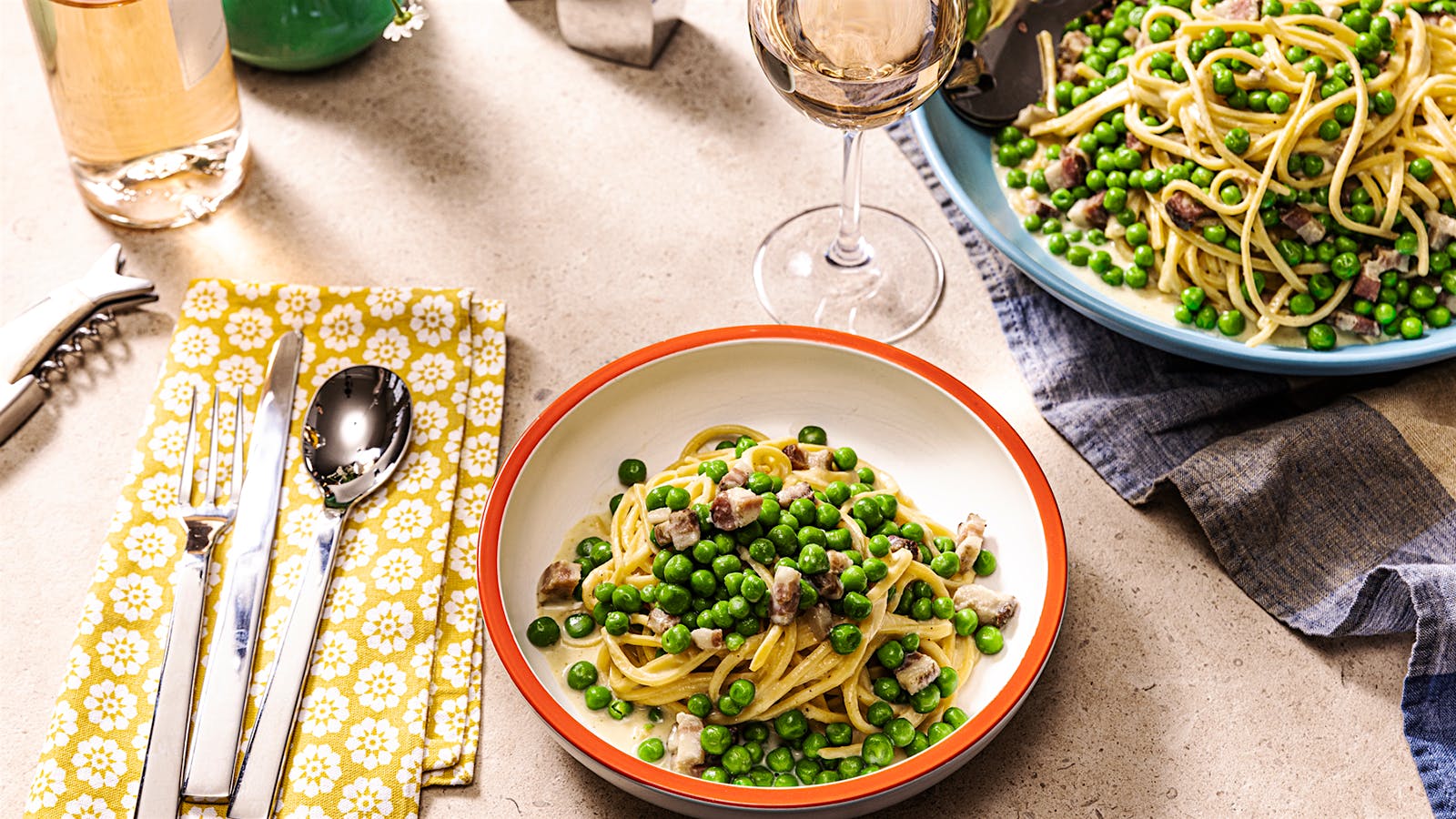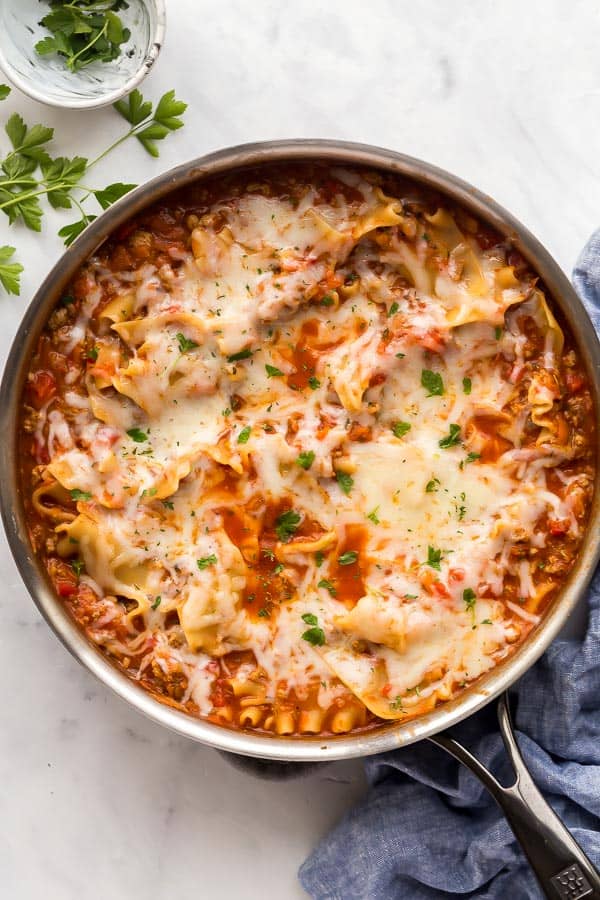Pasta Pancetta: Recipe, Wine Pairings, and Health Tips
Pasta pancetta has its roots in Italian cuisine, particularly from the regions of Lazio and Umbria. Originating from these heartlands, this dish combines pancetta with pasta to deliver robust flavors. Pancetta, Italian cured pork belly, is often mistaken for bacon but differs due to its curing and seasoning processes. The traditional preparation keeps the authentic taste, making pasta pancetta a staple in many Italian households for centuries.
Key Ingredients in Pasta Pancetta
This classic dish centers around a few essential ingredients, ensuring layers of flavor. The main elements include:
- Pancetta: The star of the dish, providing a rich, savory base.
- Pasta: Commonly spaghetti or rigatoni, chosen for their ability to hold the sauce.
- Garlic: Adds depth and aroma.
- Onions: Balances the saltiness of the pancetta with natural sweetness.
- Parmesan Cheese: Offers a creamy texture and nutty flavor.
- Olive Oil: Used for sautéing garlic and onions.
- Black Pepper: Enhances the overall taste profile.
These ingredients create a harmonious blend that defines pasta pancetta, making it a beloved choice for Italian cuisine lovers.
How to Make Pasta Pancetta
Selecting the Right Pancetta
Choose high-quality pancetta to ensure the best flavor for your dish. Preferably, select pancetta that is fresh and has a balance of meat and fat. Look for even marbling and a vibrant pink color. Pancetta can be found in most deli sections, either sliced or in a solid piece. For pasta pancetta, diced pancetta provides the best texture and flavor absorption.
- Boiling Pasta: Cook pasta in a large pot with salted water to enhance its flavor. Use approximately 1 tablespoon of salt per 4 quarts of water. Boil the pasta until it reaches “al dente” texture, which typically takes 8-10 minutes, but follow package instructions for best results.
- Preparing Pancetta: While the pasta cooks, heat olive oil in a pan over medium heat. Add diced pancetta, cooking until it becomes crispy and releases its fat. This usually takes around 5-7 minutes. Stir occasionally to prevent burning.
- Sautéing Vegetables: Once the pancetta is cooked, add finely chopped garlic and onions to the pan. Sauté until the onions turn translucent and the garlic becomes fragrant, which should take about 2-3 minutes.
- Combining Ingredients: Drain the pasta, reserving a cup of pasta water. Add the pasta to the pan with the pancetta and vegetables. Stir to combine, adding reserved pasta water gradually to create a cohesive sauce.
- Finishing Touches: Remove the pan from heat, then mix in grated Parmesan cheese and freshly ground black pepper. Toss until the pasta is evenly coated. Serve immediately for the best taste experience.
These cooking techniques will help you achieve a flavorful and perfectly textured pasta pancetta.
Variations of Pasta Pancetta
Regional Twists on the Classic
Different regions in Italy put their unique spin on pasta pancetta. In Rome, chefs often use rigatoni instead of spaghetti, adding a hearty texture to the dish. In Naples, locals blend in tomatoes, offering a subtle sweetness that contrasts with pancetta’s savory profile. Northern Italy’s version sometimes includes cream, giving the sauce a richer consistency. Each variation impacts the flavor and texture, enhancing your culinary experience.
Vegetarian Alternatives
For vegetarian versions, replace pancetta with smoked tempeh or crispy tofu. These ingredients provide a similarly satisfying texture and smokiness. Mushrooms, particularly shiitake or portobello, add a rich, umami flavor when sautéed with garlic and onions, maintaining the dish’s integrity. Utilize vegetable broth instead of pancetta fat to form a cohesive sauce. Adding nutritional yeast mimics Parmesan cheese’s savory depth, completing the recipe.
Pairing Wine with Pasta Pancetta
Best Wines for Rich Pasta Dishes
Choosing the right wine enhances your pasta pancetta experience. Red wines, white wines, and sparkling wines can all complement the rich flavors of this dish.
- Red Wines: Chianti, Sangiovese, and Barbera work well. Chianti has notes of cherry and earthy aromas. Sangiovese offers bright acidity and subtle tannins. Barbera presents red fruit flavors and high acidity.
- White Wines: Pinot Grigio, Sauvignon Blanc, and Chardonnay are ideal. Pinot Grigio has crisp citrus notes. Sauvignon Blanc delivers herbal undertones and zesty acidity. Chardonnay provides creamy textures and oak flavors.
- Sparkling Wines: Prosecco and Champagne add a festive touch. Prosecco offers light, fruity bubbles. Champagne brings crisp acidity and yeasty complexity.
Use these wine pairings to elevate the depth and enjoyment of your pasta pancetta.
Health Considerations
Nutritional Information
Pasta pancetta offers a mixture of macronutrients and flavors. Pancetta, a type of Italian bacon, is the main protein source, providing essential amino acids. Per 3.5 ounces (100 grams), pancetta contains approximately 470 calories, 45 grams of fat, and 25 grams of protein. These values illustrate its high energy content derived mainly from fats.
The pasta, typically made from durum wheat, serves as a significant carbohydrate source. A 2-ounce (56-gram) serving of dry pasta contains about 200 calories, 1 gram of fat, and 7 grams of protein. Additionally, Parmesan cheese, often sprinkled on top, contributes approximately 110 calories, 9 grams of fat, and 8 grams of protein per ounce (28 grams).
Moderation and Dietary Concerns
Consuming pasta pancetta in moderation is crucial due to its high-fat content. Pancetta’s saturated fats can increase cholesterol levels if consumed excessively. To mitigate this, consider using whole grain pasta, which has higher fiber content than traditional pasta. Fiber aids digestion and promotes a feeling of fullness, which can help control portion sizes.
Individuals monitoring sodium intake should be cautious, as pancetta and Parmesan cheese both contain significant sodium levels. Reducing added salt in the dish can help manage sodium consumption.
For those with dietary restrictions or preferences, substitute pancetta with smoked turkey or a plant-based alternative to lower the dish’s fat content. Additionally, using a reduced-fat cheese or a small amount of olive oil instead of excess cheese can create a healthier version of pasta pancetta without sacrificing flavor.
Conclusion
Pasta pancetta offers a delightful blend of rich flavors and textures that can elevate any meal. Whether you’re a seasoned cook or a beginner, mastering this dish is both rewarding and enjoyable. Remember to choose high-quality ingredients and experiment with wine pairings to enhance your dining experience. While it’s a decadent dish, mindful preparation and portion control can help you enjoy it without compromising your health goals. Embrace the versatility of pasta pancetta and make it a staple in your culinary repertoire.






